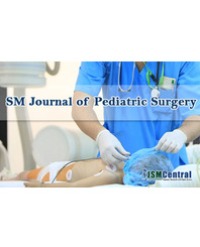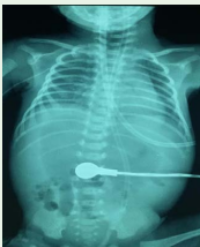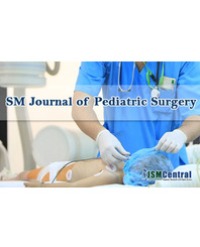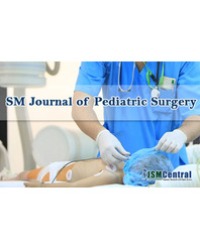Background: Non-traumatic acute intestinal perforation secondary to Enterocolitis is a severe event that requires immediate treatment. Exploratory laparotomy has been the gold standard in the past decades. Recently, several reports described that minimal invasive surgery has been successfully applied to colonic perforation in emergent settings for both adult and children. The aim of this study is to evaluate the efficacy of laparoscopy on non-traumatic intestinal perforation in children.
Method: Between June 2009 and September 2013, patients under 18 year-old who underwent laparoscopic surgery for non-traumatic acute intestinal perforation were enrolled. The demographics of the patients, operative details, postoperative complications and the time resuming oral intake were retrospectively collected by chart review.
Result: There were consecutive 7 patients, including 5 boys and 2 girls. The mean age was 8.3 ± 4.2years (range: 2-15 years). A diversity of operative procedures was undertaken, encompassing tube cecostomy in 1 case, primary repair with tube cecostomy in 1 case, primary repair in 4 cases, and appendectomy in 1 case. Conversion to laparotomy was not necessary. The time resuming oral feeding was between postoperative day (POD) 6.3 ± 1.4th (range: 5-8 days). For two cases receiving tube cecostomy, constant stool leaking beside the tube predisposed to chronic wound infection and granolomas which required further surgeries. Otherwise, there was no complication recorded, such as surgical site infection, intestinal obstruction.
Conclusion: Laparoscopic surgery for non-traumatic acute intestinal perforation in children is technically feasible and providing benefits of low complication rate and satisfactory cosmetic outcomes. Minimally invasive surgery could be considered as first-line approach for non-traumatic acute abdomen. For cases of solitary perforation, primary repair can be safely performed through laparoscopy.
Wen-Chun Sun¹, Chin-Hung Wei²*, Nien-Lu Wang², and Yu-Wei Fu³





